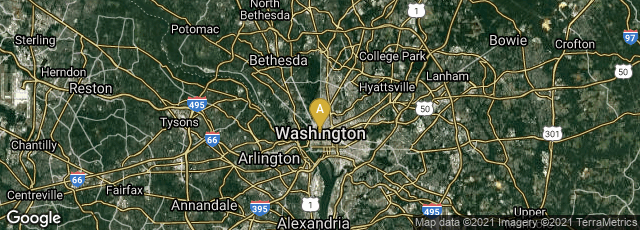As a gift marking the retirement in 1970 of James L. Harrison, the 16th
Public Printer of the United States, the
U.S. Government Printing Office in Washington, D.C., produced a unique leatherbound, slipcased set of 5 volumes autographed by all 5,939 employees of the GPO. Obtaining the signatures of that many people, and having them bound in such an elegant and luxurious way, must have been a very time-consuming production for the GPO, one of the world's largest printers. The volumes vary from 125 leaves to 180 leaves. Each subsection is hand calligraphed with an original black & white photograph tipped in. The opening section, "Office of the Public Printer," has two tipped-in photographs.
From the photographs and the department names we may glean a lot regarding the staffing requirements of each department at the time. Of course, between 1970 when Harrison retired, and 2021 when I wrote this entry, there have been many dramatic changes in the way that information is recorded, published, and distributed, resulting in staffing changes at the GPO. As a result, the set provides an unusual record of the GPO as it was in 1970. According to the Wikipedia article the GPO began operations on March 4, 1861 with 350 employees, and reached peak employment of 8,500 in 1972.
According to eeoc.gov, in 2021 the GPO workforce totaled 2314 people.
Here are the statistics as recorded person by person in the set of volumes presented to James L. Harrison in 1970:
Vol. 1: 1189 signatures Office of the Public Printer, 85 signatures
Disbursing, 41 signatures
Engineering, 99 signatures
Finance and Accounts, 210 signatures
Personnel, 212 signatures
Planning, 1 documentary photostat, 110 signatures
Purchasing, 389 signatures
Tests and Technical Control, 43 signatures
Vol. 2: 1267 signatures
Bowling League, 86 signatures
Documents, 656 signatures
Field Service, 458 signatures
Vol. 3: 1281 signatures
Production Manager, 176 signatures
Binding, 1105 signatures
Vol. 4: 1000 signatures
Composing, 1000 signatures
Vol. 5: 1202 signatures
Elecronic Printing, 63 signatures
Letterpress, 457 signatures
Library Branch, 110 signatures
Offset, 572 signatures
Notably the largest departments at the time were binding (1105 signatures) and composing, i.e. typesetting (1000 signatures). These huge staffs were required even though the processes were mechanized.
